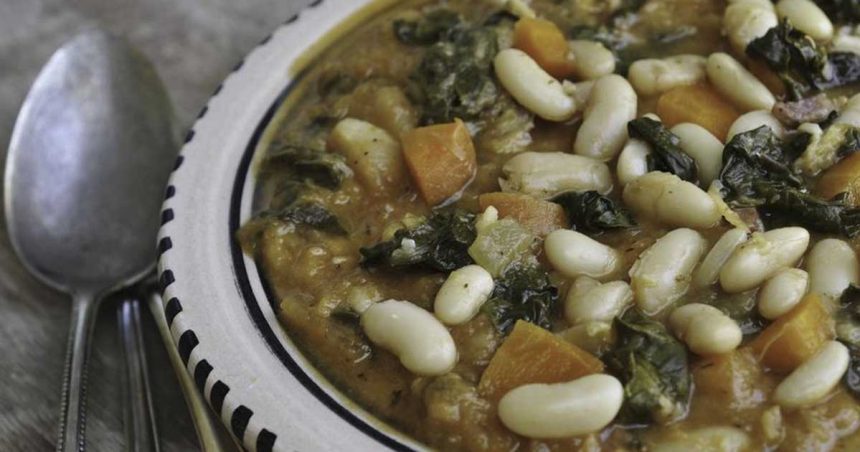The Blue Zone Diet: Unlocking the Secrets of Longevity
The Blue Zone diet is inspired by the eating habits of individuals living in regions where people enjoy the longest and healthiest lives. These “blue zones” have been identified as areas where residents are ten times more likely to reach the age of 100 compared to Americans. Research indicates that individuals in these regions experience fewer chronic diseases and lead vibrant lives. National Geographic researcher Dan Buettner delved into these regions to uncover the key to longevity.
What is the Blue Zone Diet?
According to Buettner, the Blue Zone diet is not just a diet, but a holistic way of life. It focuses on consuming whole, plant-based foods with minimal processed ingredients and added sugars. Residents of blue zones engage in regular physical activity, foster close-knit communities, and stay hydrated with water, tea, coffee, and occasional wine. The diet emphasizes beans over meat, dairy, and eggs, with Buettner highlighting the importance of incorporating beans daily for longevity.
While the diets in each of the five blue zones vary, they share common traits such as whole foods, community engagement, and plant-based nutrition. Buettner encourages individuals to gradually integrate these principles into their lifestyles rather than radically altering their diets.
What are the 5 Blue Zones?
- Sardinia, Italy
- Icaria, Greece
- Okinawa, Japan
- Nicoya, Costa Rica
- Loma Linda, California
Sardinia, Italy
The traditional diet in Sardinia resembles the Mediterranean diet but includes higher consumption of fish, dairy, and olive oil. Locals enjoy a variety of vegetables, fruits, legumes, seafood, and grains like barley and wheat. Dairy from goat and sheep, along with occasional meat and sweets, are also part of their diet.
Icaria, Greece
Similar to the Sardinian diet, the Icarian diet is a variation of the Mediterranean diet with a focus on potatoes, coffee, full-fat dairy, honey, whole grains, and seafood. Vegetables, fruits, legumes, nuts, olive oil, and herbs are staples in their nutrition.
Okinawa, Japan
Okinawans follow a plant-based diet rich in fish, soy, sweet potatoes, greens, and low-glycemic index grains. They incorporate spices like turmeric and minimize consumption of animal products, processed foods, and sugar.
Nicoya, Costa Rica
Nicoyans have a diet emphasizing high-fiber, low-glycemic index foods with minimal refined products. Their diet includes vegetables, fruits, legumes, grains, chicken, eggs, and dairy, along with beverages like fresh juice, coffee, and guaro.
Loma Linda, California
Residents in Loma Linda adhere to a primarily plant-based diet influenced by the Adventist community. Their nutrition revolves around nuts, greens, legumes, vegetables, fruits, and plant-based proteins, with occasional consumption of animal products.
What to Eat on the Blue Zone Diet
The Blue Zone diet recommends including legumes, whole grains, nuts, fruits, vegetables, olive oil, soy products, fish, and specific seasonings. It is advised to limit processed foods, salty snacks, refined sugar, meat, dairy, and eggs. Following the Blue Zone lifestyle with physical activity, stress reduction, social engagement, and moderation in alcohol consumption can contribute to overall well-being.
Eating the Way to a Long Life?
While claims of longevity in the Blue Zones may lack concrete evidence, adopting healthy habits associated with the diet can lead to improved quality of life. Incorporating principles of the Blue Zone diet, such as whole foods, community involvement, and moderation in eating habits, can benefit individuals seeking a balanced and health-conscious lifestyle.






